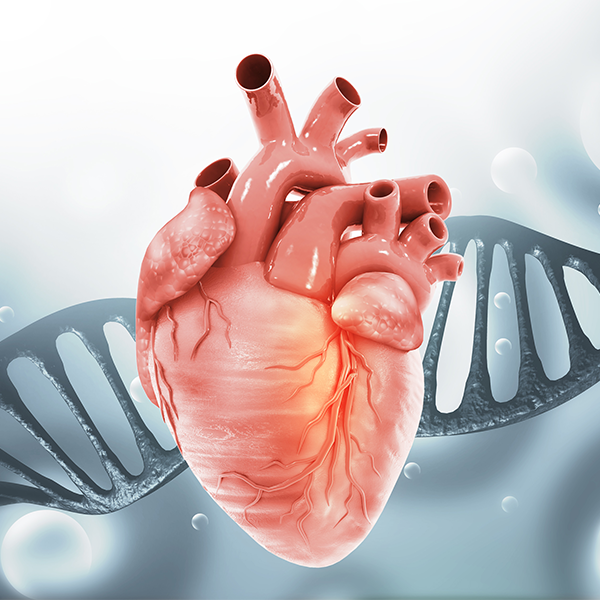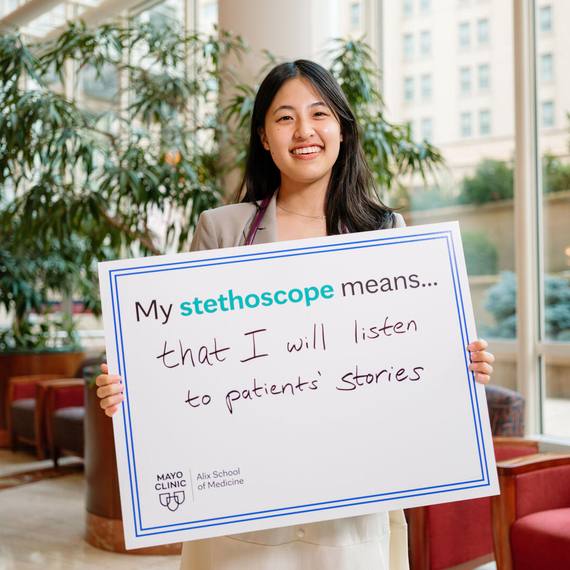-
Arizona
Mayo Clinic National Health Checkup: Southwest residents less likely to properly dispose of excess opioids

ROCHESTER, Minn. — Residents of the Southwest are less concerned about the risks of opioid pain relievers and are less likely to properly dispose of unused medications, according to the Mayo Clinic National Health Checkup. The Mayo Clinic National Health Checkup, first launched in January 2016, provides a quick pulse on consumer health opinions.
This latest snapshot of Americans’ views on opioids comes at a time when opioid-related overdose deaths continue to climb. A record-breaking 72,000 Americans died from drug overdoses in 2017, according to preliminary estimates from the Centers for Disease Control and Prevention (CDC). Most of those deaths were related to opioids.
Key findings from residents of the Southwest include:
- Just 15 percent of residents cited concerns of opioids’ side effects, compared to 18 percent nationally, and 24 percent for Upper Midwest residents.
- Residents were more likely to speak with their health care provider about the risk of addiction to opioids (49 percent), while just 41 percent of Americans reported doing so.
- Residents are less likely (23 percent) to participate in a drug disposal program than those in the Upper Midwest (48 percent).
“The release of this survey data comes at a time of exceptionally high overdose rates within this region,” says Holly Geyer, M.D., a hospitalist and addiction medicine specialist at Mayo Clinic. “Relaxed approaches to opioid management and storage have real-world consequences that can cost the life of friends and loved ones. Patients can empower themselves to be a solution to the epidemic by talking to their doctors about opioid safety.”
Mayo Clinic’s research has been used to create opioid prescribing guidelines and tools for medical practices at Mayo and beyond, identify patients who may not need opioids and, in some cases, cut prescriptions in half.
Southwestern states polled in the survey include Arizona, Colorado, New Mexico, Nevada, Texas and Utah. More results from the national survey follow.
Most Americans would choose alternatives to opioids.
Of those surveyed, 94 percent say they would pick an alternative treatment to opioid pain relievers. However, only one-quarter of respondents say they have talked to their health care provider about alternative treatments. Fear of addiction (34 percent) was cited as the top reason for seeking an alternative treatment option. Men (45 percent) were slightly more inclined than women (38 percent) to discuss risk of addiction. The leading alternative treatment chosen by respondents was physical therapy (80 percent), which was followed by over-the-counter pain relievers (75 percent); alternative medicine, such as acupuncture (53 percent); and medical marijuana (49 percent).
Americans see opioid abuse as a problem but don’t see themselves at risk.
The opioid epidemic is affecting communities across the country, but respondents were most likely to cite urban residents (37 percent) at the greatest risk for opioid addiction. Despite this belief, rural areas have been some of the hardest hit, with opioid death rates quadrupling among those 18-25 years old and tripling for females between 1999 and 2015, according to the CDC. Nearly half (49 percent) of respondents believe that opioid abuse is a significant issue in their community, but most Americans (67 percent) are confident that if they are prescribed opioids to treat chronic pain, they won’t become addicted.
Most Americans mistakenly view opioids as intended to treat chronic pain.
Opioids are most effective for short-term pain. However, most Americans (79 percent) view
chronic pain as a reason for an opioid prescription, and 31 percent said that they have used opioids to treat chronic pain. A growing body of research suggests that opioids, which patients can develop a tolerance for, are not ideal for treating chronic pain. A 2017 study suggests that using opioids actually could increase the risk of chronic pain in the future.
“The medical field is realizing that pain medications frequently offer inferior results to nonmedication treatment strategies for chronic pain,” Dr. Geyer says. “Daily exercise, relaxation techniques, yoga and tai chi are just a few of the approaches proven to reduce chronic pain. They can boost mood, functionality and quality of life – the very things many pain medications may rob from patients in the form of side effects.”
Americans do not know how to properly dispose of their opioid pain relievers.
Just 1 in 4 opioid users say that they received direction from their pharmacist or health care provider about what to do with remaining pills they didn’t use, and only 26 percent of opioid users claimed that they had participated in a drug disposal program. Respondents who were prescribed opioids were most likely (30 percent) to keep their remaining pills in the medicine cabinet. Others cited flushing the opioids down the toilet (17 percent), throwing them in the garbage (17 percent), or using them to treat other pain (12 percent).
National Prescription Drug Take Back Day will be held on Saturday, Oct. 27. This event provides a safe, convenient way to dispose of prescription medications, including opioids. Find local collection sites on the Drug Enforcement Administration website.
###
About the Mayo Clinic National Health Checkup
The Mayo Clinic National Health Checkup was conducted in July 2018 through Engine’s Telephone CARAVAN Omnibus Survey of 1,270 adults living in the U.S. Learn more at healthcheckup.mayoclinic.org.
About Mayo Clinic
Mayo Clinic is a nonprofit organization committed to clinical practice, education and research, providing expert, comprehensive care to everyone who needs healing. Learn more about Mayo Clinic. Visit the Mayo Clinic News Network.
Media contacts:
- Jim McVeigh, Mayo Clinic Public Affairs, 480-301-4368, mcveigh.jim@mayo.edu
- Heather Carlson Kehren, Mayo Clinic Public Affairs, 507-284-5005, newsbureau@mayo.edu







